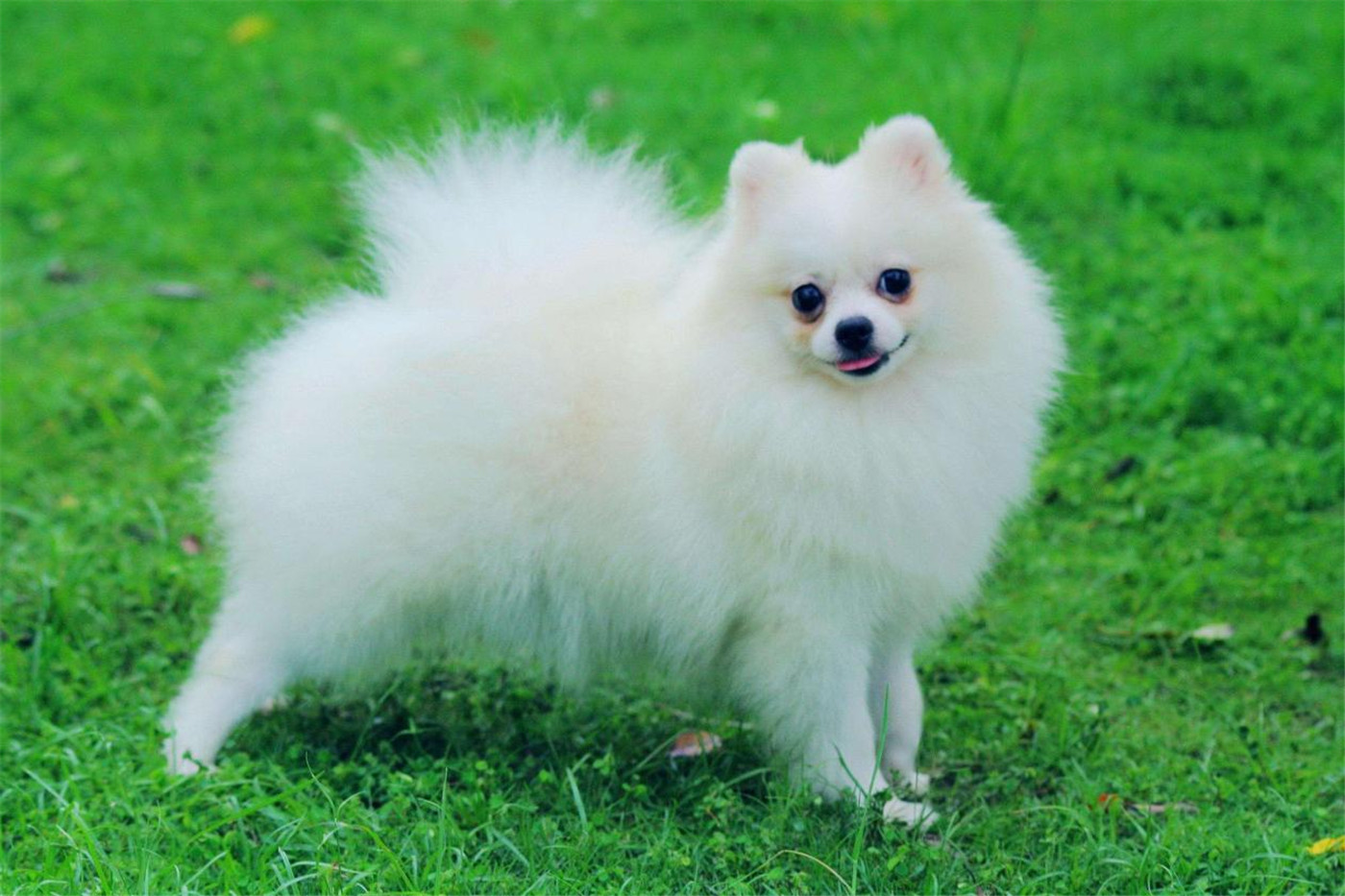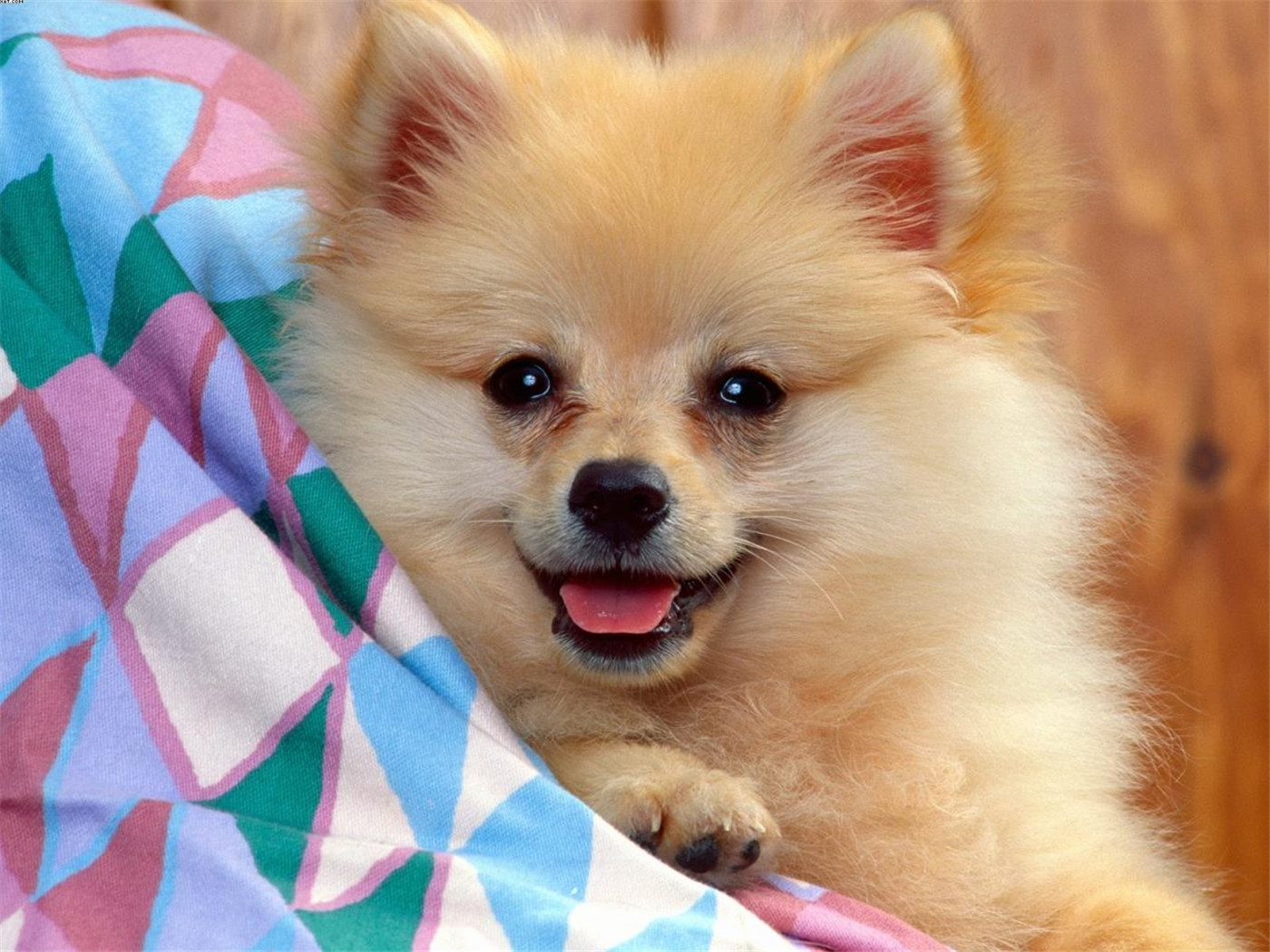Dogs may be man's best friend, but in reality, they don't quite act that way.
To approach a strange dog, follow these instructions, watch for signs of aggressive behavior, and pet him in a non-threatening way.
For tips on petting your own dog or other dogs you have a close relationship with, see the appropriate section below.

part 1
approach the dog cautiously
1. Ask the dog's owner if he can pet him.
Maybe the dog looks friendly, but if you don't know him, you have no way of knowing how he will react to strangers. When it comes to petting a dog, if that dog's owner gives advice that differs from what is stated in this article, follow the dog owner's advice. If he allows you to pet his dog, ask him what parts the dog likes to be petted.
2. Be careful when a dog has no owner.
If you see an ownerless dog wandering the street, proceed with caution and, if necessary, stay put for your own safety. Dogs who are leashed or left in yards and other places with limited space are more likely to bite, as well as when they eat or chew. Be careful when approaching these dogs, and refrain from petting them when they show any of the signs of aggression described below.
3. When the dog shows any signs of aggression or discomfort, back away immediately.
Signs of aggression include growling, barking, erect tail or rigid body. Signs of discomfort, fear, and anxiety include licking your lips and revealing the whites of your eyes. If the dog doesn't calm down or approach you within thirty seconds, don't continue trying to pet him.
4. Bend or squat down to let the dog approach you.
Make it take its first steps toward you by crouching down and pulling in the height difference between you and it. Bolder dogs only need you to bend over slightly to come closer, but be careful not to bend over directly over them as this will make them feel threatened.
Never crouch down near an ownerless dog or a dog showing signs of aggression (see signs listed above). Protect yourself by standing upright in case your dog suddenly attacks.
expert tips
DAVID LEVIN
Professional dog walkers and trainers
Our expert take: If you want to pet an unfamiliar dog, avoid eye contact and move your pant leg close enough for him to smell you. You can also squat with your back to them. That way it can sniff you without being overwhelmed by being watched.
5. Coax a shy dog closer.
If crouching down doesn't hold the dog's attention and he's acting shy or easily startled (such as running away or hiding), look away as eye contact can make him feel threatened. Make gentle, quiet coaxing noises; it doesn't matter what those noises are, but be sure to avoid loud noises or noises that might startle the dog. You can turn your body to one side to make you appear a little less threatening.
Ask the owner for his dog's name and use it to lure him. Some dogs have been trained to respond to their names.
6. Stretch out your fist.
After going through the above steps, if the dog seems receptive to your petting, or at least relaxed and showing no signs of aggression or discomfort, you can put your fist out to test it. Place your fist on the outside of its nose, but not directly in its face. Let it get close and let it sniff the back of your hand for as long as it takes.
When facing an unfamiliar dog, don't spread your hands in front of it, because it may bite your fingers.
When a dog sniffs you, it's not waiting for you to pet it, it's evaluating you. Before it finishes sniffing, please be patient and don't act rashly.
You don't have to worry if a dog licks you. It's a dog's way of trusting you and showing you closeness, just like a human kiss.
7. Pay attention to whether the dog feels comfortable.
If his muscles are loose (not stiff or tense), if he makes brief eye contact with you, or if he wags his tail, it could mean he feels more comfortable with you. In this case, you can move on to the next step, but when he tries to move away, stop petting and put your still fist in front of him again.
part 2
Petting a strange dog
1. Stroking around the dog's ears.
After the above steps, if the dog still shows no signs of attack, you can slowly stroke or gently scratch its ears. Approach the ears from the back of the dog's head, not the top of the dog's face.
2. Turn to other parts for stroking.
So far, if you have successfully completed the above points, and the dog is not trying to avoid you, you can continue to petting other parts. You can run your hand across your dog's back, or on top of his head, and gently scratch that spot with your fingers.
Many dogs like to be scratched on either side of the spine at the top of the back. Scratching the front of a dog's neck and shoulders is less likely to cause anxiety than the back near the tail and hind legs.
A docile dog might appreciate being petted under the chin or on the chest, while other dogs don't like strangers near their chin.
expert tips
DAVID LEVIN
Professional dog walkers and trainers
Pay attention to your dog's reaction to see if he likes your petting.
If you want to pet a friendly-looking dog, bend down and stroke its chest, but keep your hand away from the top of its head. After gaining its trust, you can pet its ears, neck, muscular hind legs and the tip of its tail. If your dog likes you, he'll usually lean against you or shift his weight to the side you're petting.
3. When the dog reacts unwell, please stop petting.
Remember that some dogs have sensitive heads and don't like being petted on top of their heads. Some dogs don't like being stroked on the bottom, or touching other parts. Any growls, drooping tails, or sudden movements by your dog should make you aware to immediately stop what you're doing and stay still. If it calms down again and comes closer to you, then you can switch to another area and continue petting.
4. Do not make any sudden movements.
Don't grab it suddenly or vigorously, don't pat or slap the dog's sides, and don't change the area of petting too quickly. If you enjoy petting your dog in one area, change petting to light scratching, or go from one-handed to two-handed petting. Either way, keep your movements gentle, because you don't know how the unfamiliar dog will react to a firmer stroke. A quick or vigorous petting can even over-excite a docile dog, causing him to jump up or snap at your hand.

part 3
Petting a dog you know well
1. Get all the information you need to know to make the dog feel comfortable.
To get to know your dog, first find out how he likes to be petted the most. Some dogs like to be massaged on the belly and others like to be massaged on the legs. Other dogs growl when people approach these parts. Pay attention to your dog's body language and focus on petting your dog's favorite spots. When you stop petting and take your hand away, and your dog starts wagging his tail, relaxing his muscles and whimpering, it means he enjoys the petting. A dog drooling can be a sign of excitement, though it doesn't necessarily mean he's feeling relaxed.
2. Please be careful when massaging the dog's abdomen.
When your dog is lying on his back, he may be feeling scared or just trying to reassure you rather than looking for petting. Even gentle dogs who love belly rubs sometimes do it for other reasons. Do not touch your dog's belly when he is acting restless, nervous, or unhappy.
3. Teach children how to get along with dogs.
Dogs are often restless around children, even those they grew up with, as children can be clumsy during petting. Make sure that every child in the household knows not to hug, grab, or kiss the dog, as doing so awkwardly can make the dog feel agitated and even cause them to bite the child. Teach children never to pull on a dog's tail or throw objects at it.
4. Give the dog a thorough massage every once in a while.
You can occasionally spend 10 or 15 minutes massaging your dog from head to tail. First use circular motions to massage your dog's face, under the chin, and chest. Then move the hands over the top of the neck, shoulders and back, all the way down to the tail. Some dogs will let you massage the underside of each leg.
In addition to allowing the dog to enjoy a comfortable massage, this method can also help you identify which lumps on the dog's body are normal and always present, and which are new, which may be a sign of a health problem in the dog .
5. Massage the dog's paws.
Some dogs may not let you touch their paws, but if you can safely pick up their paws, give them a gentle massage to improve circulation and find sand or sharp objects that make them uncomfortable. If the pads on your dog's paws appear dry and cracked, ask your veterinarian which moisturizer is good to use and rub it on your dog's feet.
Massaging your puppy's feet can make trimming nails a lot easier in the future, as they get used to having their feet touched.
6. Massage the puppy's mouth.
If the puppy is close to you, they will let you massage their mouth and feet. It's good to massage the mouth of a teething puppy, and it will get him used to dealing with various problems in this area. In this way, it can also make the work of the dentist more convenient in the future.
When massaging your puppy's mouth, rub its cheeks and chin in circular motions. Of course, the gums also need to be massaged. To massage this area, you can use a "finger toothbrush" purchased from a pet store or veterinarian.
Tips
Before feeding any dog, ask its owner if it is okay. Some dogs are allergic to gluten, which can be found in less costly foods.
The best way to increase your dog's trust is to feed it.
When someone pets your dog, please pay attention to its condition. When he feels uncomfortable, politely ask the other person to change the petting style, or ask him to stop.
Precautions
Never pet your dog while it is eating or chewing. Some dogs are very protective of their bones or toys and may be aggressive towards people trying to prevent others from taking their belongings.
Even a very docile dog can feel overwhelmed by more than one stranger petting him at the same time.
Be careful when a dog looks like it's going to bite you! At this time, you should look at it and walk away calmly and slowly.
Post time: Nov-23-2023









